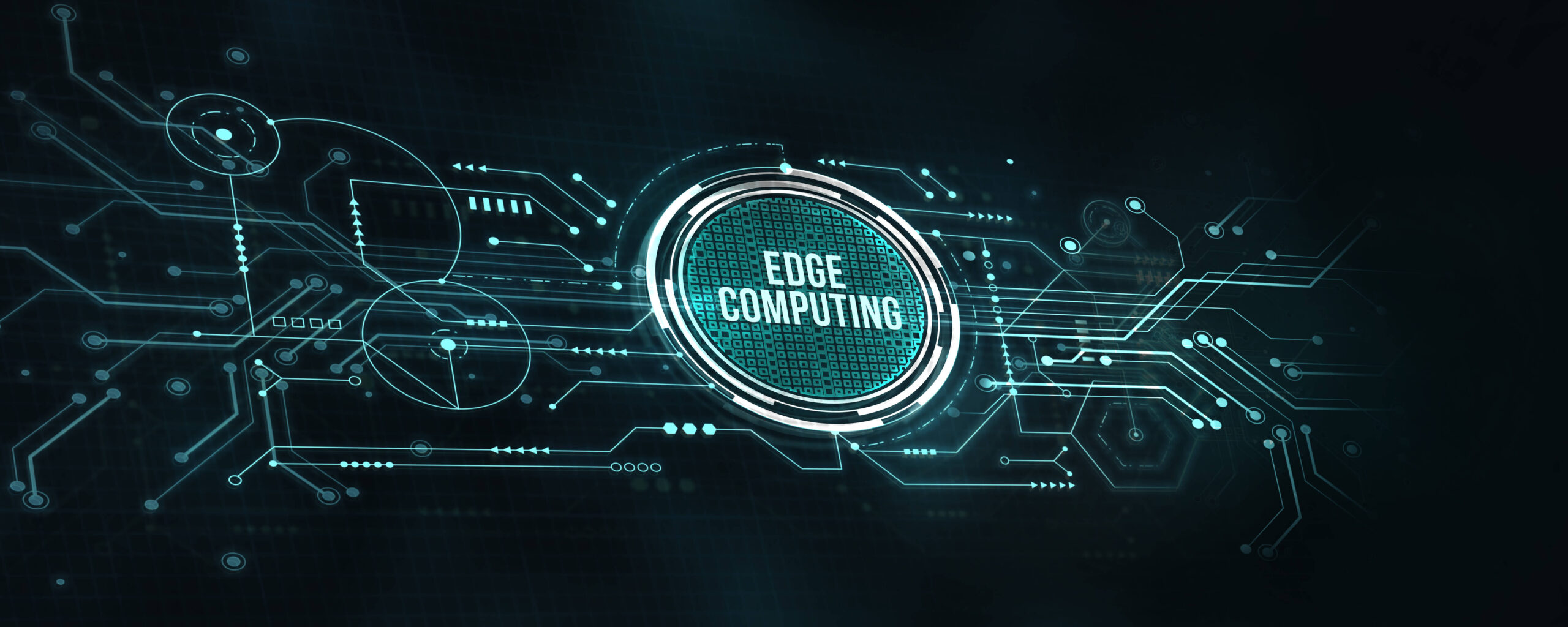As we move into 2025, edge computing continues to be a cornerstone of technological evolution, driving innovation across industries and redefining IT strategies. With its ability to bring processing power closer to where data is generated, edge computing is enabling faster, smarter, and more efficient systems. Here’s a look at the key trends shaping the future of edge computing in the year ahead.
1. AI-powered edge solutions
Artificial intelligence (AI) is no longer confined to centralised data centres or the cloud — it’s becoming a critical component of edge devices. AI at the edge allows for real-time decision-making in applications such as autonomous vehicles, predictive maintenance, and smart cities. By processing data locally, edge AI reduces latency and enhances system efficiency, particularly for time-sensitive tasks.
Expect to see edge AI solutions becoming more accessible in 2025, with advancements in hardware, such as energy-efficient processors, and software, such as optimised machine learning models for edge deployment.
2. Expansion of 5G networks
The global rollout of 5G is set to reach new milestones in 2025, providing the backbone for edge computing growth. 5G’s high bandwidth and ultra-low latency are enabling industries like manufacturing, healthcare, and entertainment to embrace edge technologies.
Applications such as augmented reality (AR), virtual reality (VR), and IoT-based automation will thrive in this environment. Moreover, the synergy between 5G and edge computing will continue to pave the way for innovations like smart factories and connected healthcare systems.
3. Growing demand for edge analytics
Data generation at the edge is growing exponentially, but not all data needs to be sent to the cloud. Edge analytics, which involves analysing data locally, is becoming a necessity for organisations looking to extract insights in real time.
This trend is particularly relevant for industries like retail, where customer behavior data needs to be processed quickly, or utilities, where edge analytics supports smart grid operations. As organisations prioritise speed and cost efficiency, edge analytics solutions will become more sophisticated and widespread.
4. Sustainability takes centre stage
Sustainability is no longer a secondary concern—it’s a driving force behind technology choices. In edge computing, this means adopting energy-efficient hardware, optimising cooling systems, and integrating renewable energy sources.
Innovations like precision cooling and smart energy management systems are helping reduce the environmental impact of edge infrastructure. This focus on sustainability is not only good for the planet but also aligns with business goals of reducing operational costs and meeting regulatory requirements.
5. Industry-specific edge applications
Edge computing is diversifying beyond its initial tech-centric roots and becoming deeply embedded in industry-specific use cases. For example:
Healthcare: Edge devices are enabling remote diagnostics and telemedicine, improving access to healthcare in underserved areas.
Retail: Smart shelves, personalised promotions, and real-time inventory management are transforming the shopping experience.
Manufacturing: Edge-powered IoT sensors and robotics are enhancing operational efficiency and reducing downtime.
The ability to tailor edge solutions to the unique needs of different sectors will continue to drive adoption in 2025.
6. Enhanced edge security
With the proliferation of edge devices and the decentralisation of data, security challenges are evolving. In 2025, organisations will prioritise advanced security measures to protect sensitive data at the edge.
Emerging solutions include secure hardware enclaves, encrypted data transmission, and AI-driven threat detection. As the attack surface expands, edge security will remain a critical focus for both vendors and end users.
7. Edge integration with cloud and hybrid models
Edge computing isn’t replacing the cloud — it’s complementing it. In 2025, we’ll see deeper integration between edge and cloud infrastructures, enabling hybrid models that balance centralised and decentralised processing.
For example, edge devices can handle real-time data processing, while the cloud manages long-term storage and complex analytics. This hybrid approach ensures flexibility, scalability, and cost efficiency for organisations of all sizes.
8. Rise of decentralised cloudlets
The concept of cloudlets — small, distributed cloud environments — is gaining momentum. Cloudlets operate closer to users and devices, reducing latency and enabling applications like gaming, video streaming, and real-time analytics.
By leveraging edge computing, cloudlets offer a decentralised alternative to traditional cloud services, particularly in regions with limited connectivity. Expect to see businesses deploying cloudlets strategically to improve service delivery and user experiences.
Conclusion
Edge computing is no longer just an emerging technology — it’s a critical component of modern IT strategies. The trends for 2025 point to a future where edge computing becomes more integrated, intelligent, and sustainable, shaping the way we live and work. Micro data centres are playing a pivotal role in this evolution by providing the infrastructure needed to process, store, and secure data closer to its source. Compact, efficient, and scalable, these systems empower businesses to deploy edge solutions quickly and effectively, making them a cornerstone of edge computing strategies.
As industries continue to harness the power of edge computing, the potential for innovation is limitless.






